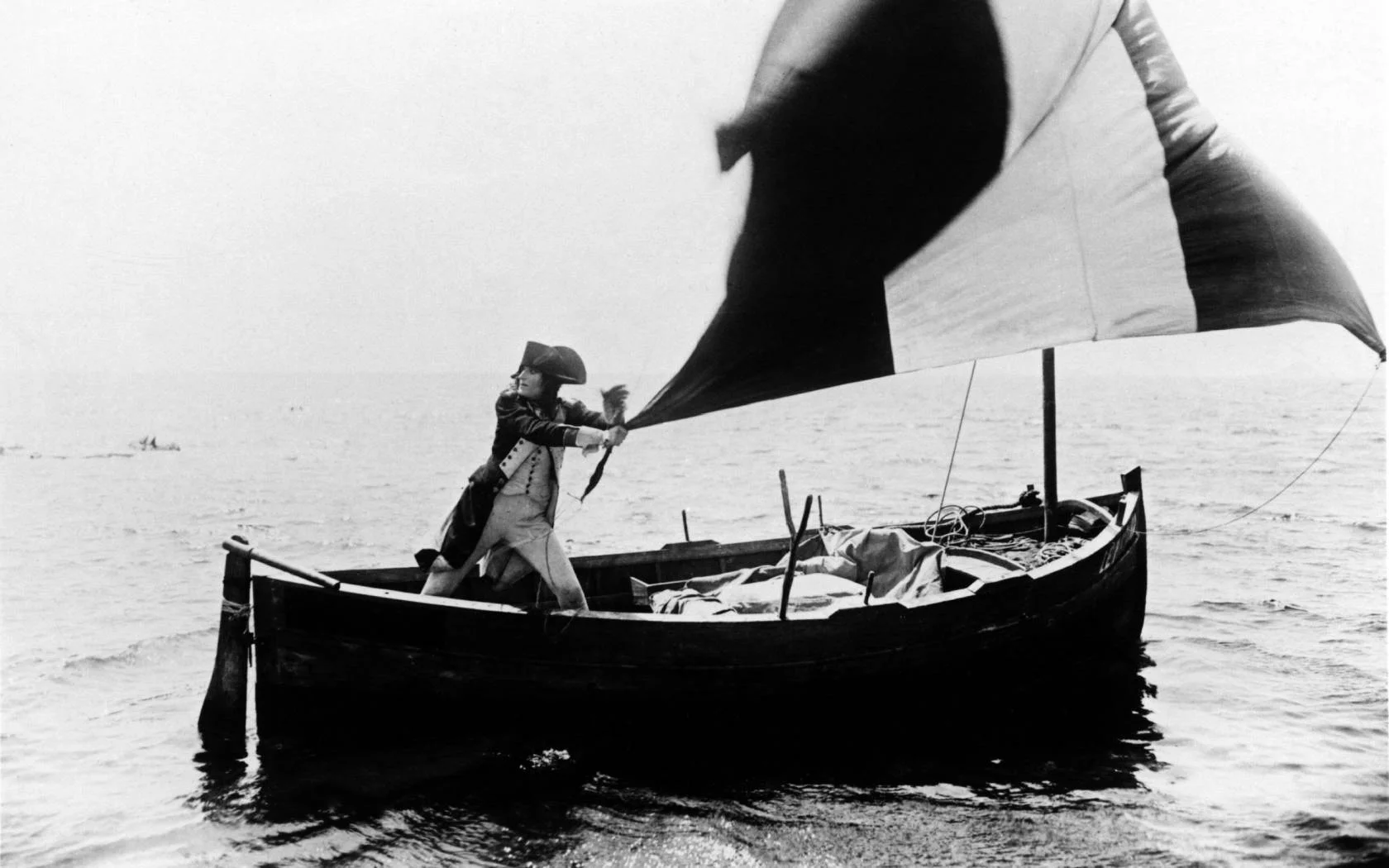by Pauline Kael
Pedro Almodóvar may be the only first-rank director who sets out to tickle himself and the audience. He doesn’t violate his principles to do it; his principles begin with freedom and pleasure. Born in 1951, this Spaniard from hicksville went to Madrid at seventeen, got a job as a clerk at the National Telephone Company in 1970, and, during the more than ten years he worked there, wrote comic strips, articles, and stories for “underground” papers, acted in theatre groups, composed film scores, recorded with a rock band, performed as a singer, and shot films in Super 8 mm. and 16 mm. He absorbed the avant-garde slapstick of the late sixties and the seventies along with Hollywood’s frivolous and romantic pop, and all this merged with the legacy of Bunuel and with his own intuitive acceptance of loco impulses. Generalissimo Franco kept the lid on for thirty-six years; he died in 1975, and Pedro Almodóvar is part of what jumped out of the box. The most original pop writer- director of the eighties, he’s Godard with a human face—a happy face.
His new Women on the Verge of a Nervous Breakdown, his seventh feature (since 1980), is one of the jauntiest of all war-of-the-sexes comedies. Pepa (Carmen Maura), an actress who works in TV and commercials, and does dubbing, turns on her answering machine and learns that she has been jilted. Infuriated at the way her long-time live-in lover, Ivan (Fernando Guillen), has evaded direct contact with her—he can lie to the machine without fear of being challenged— she dashes around, on spike heels, in a short, tight skirt, trying to confront him. Angry and impatient, and imagining she doesn’t want to be in her apartment without him, she instantly puts it on the market.
Pepa is so wound up about Iván that although her girl friend the lightheaded Candela (María Barranco) keeps phoning and chasing her, asking for help, Pepa, hearing nothing, answers that she doesn’t have time. What Candela is trying to tell her is that her own lover has turned out to be a Shiite terrorist who was using her place as a base of operations, and she thinks the police are after her. Without registering Candela’s words, Pepa takes her in. Meanwhile, blankly handsome Carlos (Antonio Banderas), who turns out to be Iván’s son, comes to see the apartment, and brings his soon to be discarded fiancee, Marisa (Rossy De Palma, who looks startlingly like the double face of Picasso’s 1937 portrait of Dora Maar). Iván’s earlier lover Lucia (Julieta Serrano)—she’s Carlos’s mother—arrives in search of Iván; she was over the edge for twenty years and has just recouped her sanity. And when Pepa, on Candela’s behalf, consults a feminist lawyer (Kiti Manver), the woman turns out to be Iván’s newest lover—and the next candidate for a breakdown. All these women are sleek-legged and chic and made up as if they were painted in acrylics.
The artificial is what sends Almodóvar sky high. The movie has nothing to do with what passes for nature or realism. It starts with titles set against divided-screen fashion and cosmetics layouts that parody the bright, crisp American-movie openings of the fifties. (All that plugging away to be Mondrian-new and striking.) Women on the Verge looks as if it had been made by a mad scientist playing with chemical rainbow colors—John Lithgow in his lab in Buckaroo Banzai. When you were a kid, you wondered if your crayons would kill you if you ate them. These toxic colors are toxins for the pleasure of it; Almodóvar makes the artificial sexy.
The film’s controlling metaphor is right there at the start, in those sharp-edged layouts: Almodóvar is after the phosphorescent glow of cosmetics in women’s magazines. (It’s dream-candy color. You don’t just see it; you consume it, lustfully.) Pepa and the others in their short short skirts have created themselves in the image of hot, desirable women. They function in the world; they do fine. But when it comes to men, that sassy image may be all that’s holding them together. The lovely, wacky Candela is always speeding between panic and ardor; she talks about being entrapped by the Shiites, and her earrings—they’re little silver espresso- makers—dangle alluringly. Except for Lucia (who suspects the truth about herself), they all know they look great; that’s not a small thing. (Lucia can’t keep up her morale; her makeup slips and blurs.)
The movie links Carmen Maura’s Pepa to the Hollywood goddesses who blew a trumpet to announce that they were entering the house of passion. Their emotional display was morbidly fascinating; Almodóvar and Maura take off on that display and go further into it. Pepa looks great even though she shows some wear and tear. It’s in her nature to charge into things bang, head on, and get scuffed up. She doesn’t mind; she enjoys flaunting the ravages of love. It’s also in her nature to let off steam; she distracts the police, who come looking for Candela, by giving them a stormy account of intimate experiences. Almodóvar revels in her overdramatizing, but it’s never held an instant too long; it’s quick and buoyant. It’s taken for granted. Pepa is both overtly nuts—a coquettish, fluttering wreck—and profoundly sane and practical. After she gets the kiss-off from the answering machine, she’s so zonked on pills and misery that she accidentally sets her bed on fire. She stares at it for a few seconds, then flips her cigarette into the flames and puts them out with the hose from the terrace.
Women on the Verge is serenely unbalanced—a hallucinogenic Feydeau play. Mad-again Lucia, in pale pink, rides to the airport on the back of a motorbike, her wig rising and blowing in the wind. She’s determined to catch up with Iván, and he’s about to board a plane. Inside the terminal, her head, seen gliding by above a moving walkway, is the head of a mythological creature—a wiggy Fate. When the people in the airport hear a shot fired and try to protect themselves by hitting the floor, they stay down until Iván comes over to Pepa, who has raced Lucia there. Then they all get up at once, like the dancer-spectators in a musical version of a gangster picture. The Madrid of the film is a pop utopia; it’s also—as the closing song has it—“Puro Teatro.”
Almodóvar celebrates women because they run the theatrical gamut. Carmen Maura is his star, his muse, his comedienne because she’s all histrionics; she doesn’t make a move that isn’t stylized. Yet she’s snappy. And it won’t take her Pepa twenty years to see through Iván. Gray-haired, vain, and elegant, he’s the film’s MacGuffin—a shell of a man, and perhaps an archetypal Spanish roue. A dubber by profession, he’s a voice pouring out inanities. It pleases him to flatter virtually every woman he sees; he’s complimenting himself on his aplomb, his powers of seduction. When he has something to say that might provoke an emotional response, he’d rather talk into a machine. He’s a sly fellow: while dodging Pepa, he keeps leaving messages accusing her of avoiding him. (He tells her to pack up his clothes and leave the suitcase with the concierge.) Iván is right to communicate by machine: as a disembodied voice, he gives the illusion of masculine strength. In person, he’s just a pretty illusion, like his son, Carlos, and the police officers and the men from the phone company who invade Pepa’s apartment.
The script began with Cocteau’s The Human Voice—the famous telephone monologue in which a woman tries to win back the lover who is leaving her. Almodóvar had already done a turn on the play in his last film, the 1987 Law of Desire; this time, the monologue grew into a comic revenge on his old employer the phone company. Pepa grabs her phone and throws it out the window, and she throws out its offspring, the answering machine, too. She’s paying them back for the long waits for men to call and the lies listened to.
This high comedy is the most visually assured of the five Almodóvar movies that have opened here. Law of Desire and the 1986 Matador were more sultry and erotic; this one is fizzier, sexier. Earlier, you could see him trusting his intuitions and taking leaps; now you don’t see the risktaking—he’s just up in the air flying. The movie is all coincidences, and each new one adds to the crazy brio. What seem to be incidental jokes turn out to be essential parts of one big joke. This is a movie where after a while you can’t tell sexy from funny.
The New Yorker, November 14, 1988




